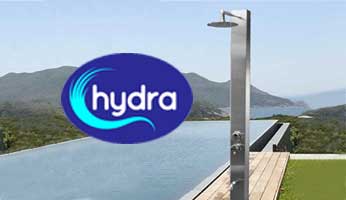What is the Internet of Things (IoT)?
The Internet of Things (IoT) is a system of interrelated computing devices, mechanical and digital machines with the ability to automatically transfer data over a network without requiring human interaction.
IoT is driving many new changes and innovations across all industries: designing new processes for businesses, improving technology, innovating and managing change, learning from data and shifting financial models.
In the plumbing industry, having IoT enabled assets (either existing equipment retrofitted with sensors or new equipment with built-in IoT sensors) allows for information to come together and provide businesses with live visibility, analytics, workflow optimisation, identification and transparency.
Depending on the functionality of the sensors, IoT enabled assets can allow users to locate where equipment is, how it’s operating, what the outcomes of the operations are, what the temperature of something is, how much it’s vibrating, how much power it’s consuming, the list goes on.
This allows businesses to offer a higher level of service to their customers, with much better information and allows them to scale without increasing their operational overhead.
What sorts of assets can you apply IoT sensors to?
IoT sensors can be applied to a wide range of assets, depending on what you are trying to monitor and how it can help your business. Some examples of IoT installations on business assets include the following;
- Monitoring of multiple hot water units
- Water leaks
- Sewer leaks
- Gas detection and leaks
- Motors, pumps and compressors
- Pits, traps and tanks
- Water meters (monitor individual outlet water usage)
- Entire ‘rooms’
- ….and more!
Please call us for further information on how an IoT system can streamline processes and reduce labour costs in your business.





